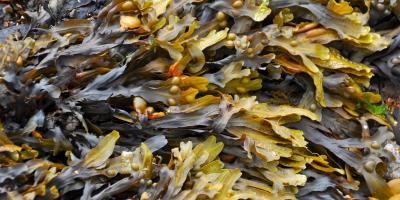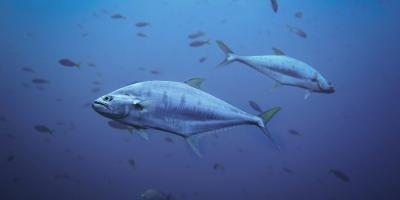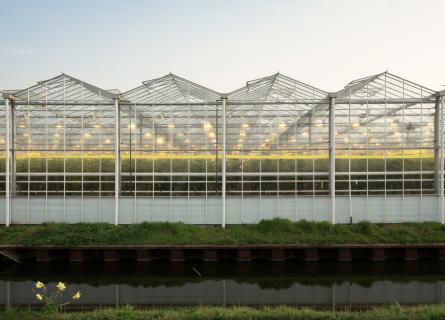
How nutritious is vegetarian mince?
Low bioavailability and unavailable minerals
A protein shift towards more vegetarian foods is often in focus as part of the transition to a more sustainable Western society. In May, Testfakta, an independent testing and research company, published a report of 14 different vegetarian mincemeats where the content, selected nutrients and antinutrients were analysed.
Inger-Cecilia Labba, Senior Expert Future Food at AFRY contributed to Testfakta's investigation by processing and interpreting analysis data and calculating the theoretical bioavailability (how well the body can absorb a certain nutrient) among the selected minced meats. The investigation shows that the content and nutritional value of 14 different veggie mincemeats varied greatly.
In some of the products, the protein content is on par with ground beef, while others barely reach half that. However, a high content of phytic acid - an antinutrient that prevents the body's ability to absorb minerals such as iron and zinc - is consistently seen. A high content of phytic acid means that despite a products' high content of iron, the body will not be able to absorb more than a few percent of present iron. An exception is the vego mince based on mycoprotein, a special mushroom grown in a tank. This product contained no iron, but is a good source of zinc which is another nutrient that, like iron, is difficult to get enough of in a plant-based diet.

About a quarter of a person's climate impact comes from the food we eat. Overall, industrially produced meat is the food with the highest greenhouse gas emissions: meat and dairy consumption accounts for around three quarters of the total emissions from the food we eat in Sweden. In order for us to curb climate change, we need to review how and what we consume. At the same time, nutrition and health are other important aspects of sustainability that has to be encountered for.
"A low bioavailability means that the body will have difficulties absorbing the nutrient. At the levels of phytic acid seen here, it may be about 3-4 percent of the content that the body will be able to absorb. It can be compared with iron from meat, where you usually count on an absorption of slightly above 20 percent. In other words, there is a big difference even when the total content of iron and zinc is higher in the vegetarian product. This clearly shows the need for renewed process methods that enable the nutrition in the products to be better absorbed by the body," says Inger-Cecilia.

The low bioavailability among vegetarian products is a challenge that needs to be solved in order not to risk negative nutritional effects when we are now asked to eat more vegetarian food. We have technical solutions that need to be adapted to industrial scale.
Inger-Cecilia concludes, "my perception is that food producers are becoming increasingly aware of the unwanted effects of phytic acid and that there is a large interest in being able to offer improved, but there is a gap in the technological development. Luckily, these are challenges that we are currently working on”







